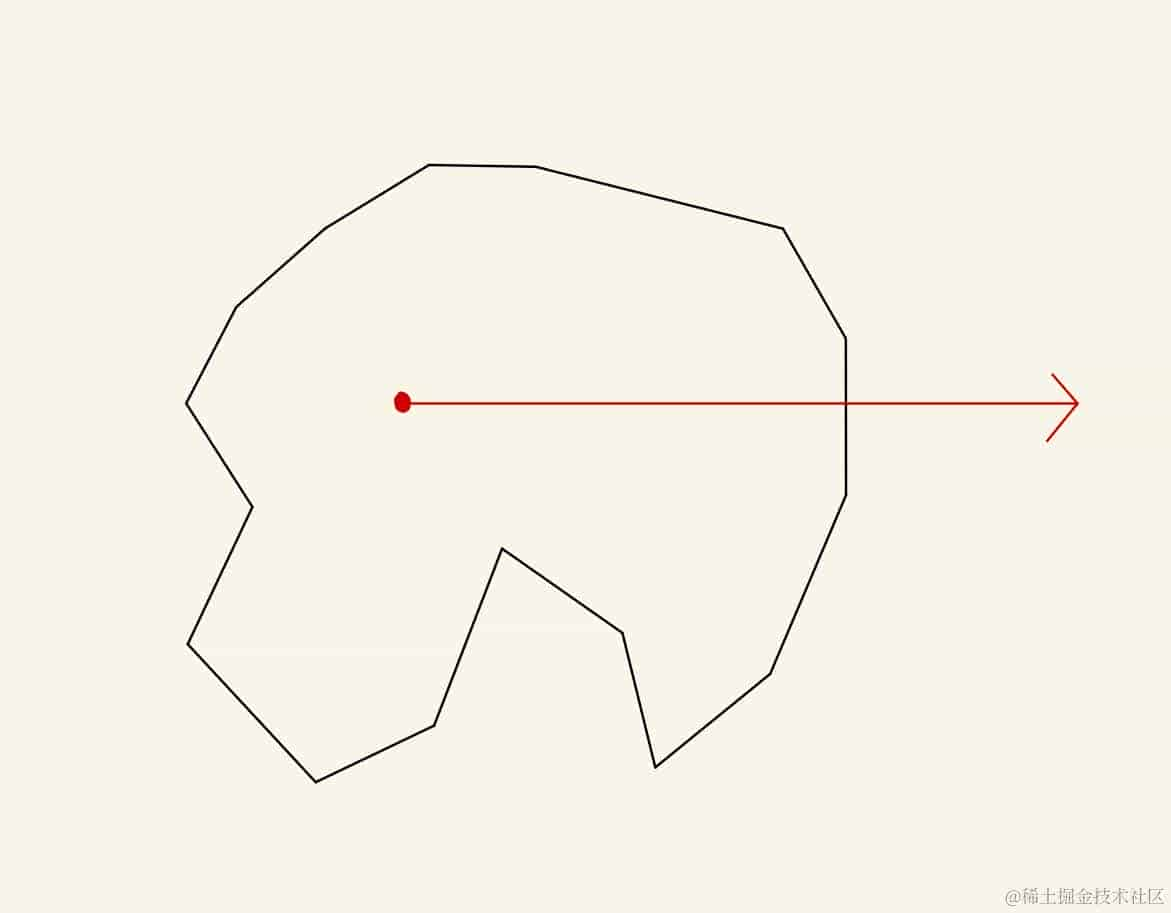返回
JS数组精通攻略:20个技巧,助你轻松驾驭数组
前端
2022-12-10 07:34:57
驾驭 JavaScript 数组操作:20 个必备技巧
在 JavaScript 的世界中,数组是一种强大的数据结构,用于存储元素的集合。掌握数组操作的技巧对于编写高效、简洁和可维护的代码至关重要。为了帮助你提升你的编码技能,我们整理了 20 个必备的 JavaScript 数组技巧。
创建和初始化数组
- 数组字面量:
const myArray = [1, 2, 3],用中括号创建数组。 - Array.of():
const myArray = Array.of(1, 2, 3),用Array.of()方法创建数组。 - Array.from():
const myArray = Array.from('Hello'),将类数组对象转换为数组。
操作数组
- push():
myArray.push(4),将元素添加到数组末尾。 - pop():
myArray.pop(),从数组末尾删除元素并返回。 - shift():
myArray.shift(),从数组开头删除元素并返回。 - unshift():
myArray.unshift(0),在数组开头添加元素。 - indexOf():
myArray.indexOf(2),查找元素在数组中的索引。 - lastIndexOf():
myArray.lastIndexOf(2),查找元素在数组中的最后一个索引。
修改数组
- slice():
myArray.slice(1, 3),从数组中提取子数组。 - splice():
myArray.splice(1, 2, 'a', 'b'),从数组中添加、删除或替换元素。
合并和转换
- concat():
const newArray = myArray.concat([4, 5, 6]),合并两个或多个数组。 - join():
myArray.join(','),将数组转换为字符串。
遍历和操作
- map():
const newArray = myArray.map(x => x * 2),对数组中的每个元素执行操作。 - filter():
const newArray = myArray.filter(x => x > 2),过滤数组中的元素。 - reduce():
const sum = myArray.reduce((a, b) => a + b),对数组中的元素进行累加。
条件检查
- every():
const allPositive = myArray.every(x => x > 0),检查数组中的所有元素是否满足条件。 - some():
const anyNegative = myArray.some(x => x < 0),检查数组中是否有任何元素满足条件。 - find():
const firstPositive = myArray.find(x => x > 0),查找数组中的第一个满足条件的元素。
这些技巧将显著提高你处理 JavaScript 数组的能力。通过熟练掌握这些技巧,你可以编写出更强大、更高效的代码。
常见问题解答
-
如何检查变量是否为数组?
- 使用
Array.isArray()方法。
- 使用
-
如何将对象转换为数组?
- 使用
Array.from()方法。
- 使用
-
如何在数组中插入元素?
- 使用
splice()方法。
- 使用
-
如何在数组中删除元素?
- 使用
splice()、pop()或shift()方法。
- 使用
-
如何将数组中的所有元素都乘以 2?
- 使用
map()方法:const newArray = myArray.map(x => x * 2)。
- 使用



